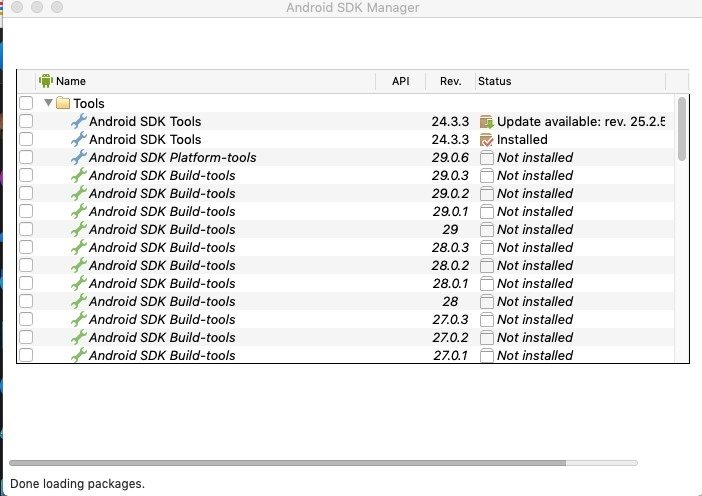


Enabling Developer mode option in android phone.Creating an emulator via android studio.Install Android studio for android SDK packages.Install Maven and setup environment variable.Install Java 8 and setup environment variable.

Note: Remember using Windows only Android can be automated while in iOS both Android and iOS can be automated. All the UI elements associated with the mobile application can be controlled by using the appium client which is nothing but the derived one of selenium. Node server again passes the request to mobile devices or emulators using the uiautomator or XCUITest as a JSON format. Appium test script written in IDE will interact with the Appium Server which is nothing but the node server with the specified IP address and port number.


 0 kommentar(er)
0 kommentar(er)
